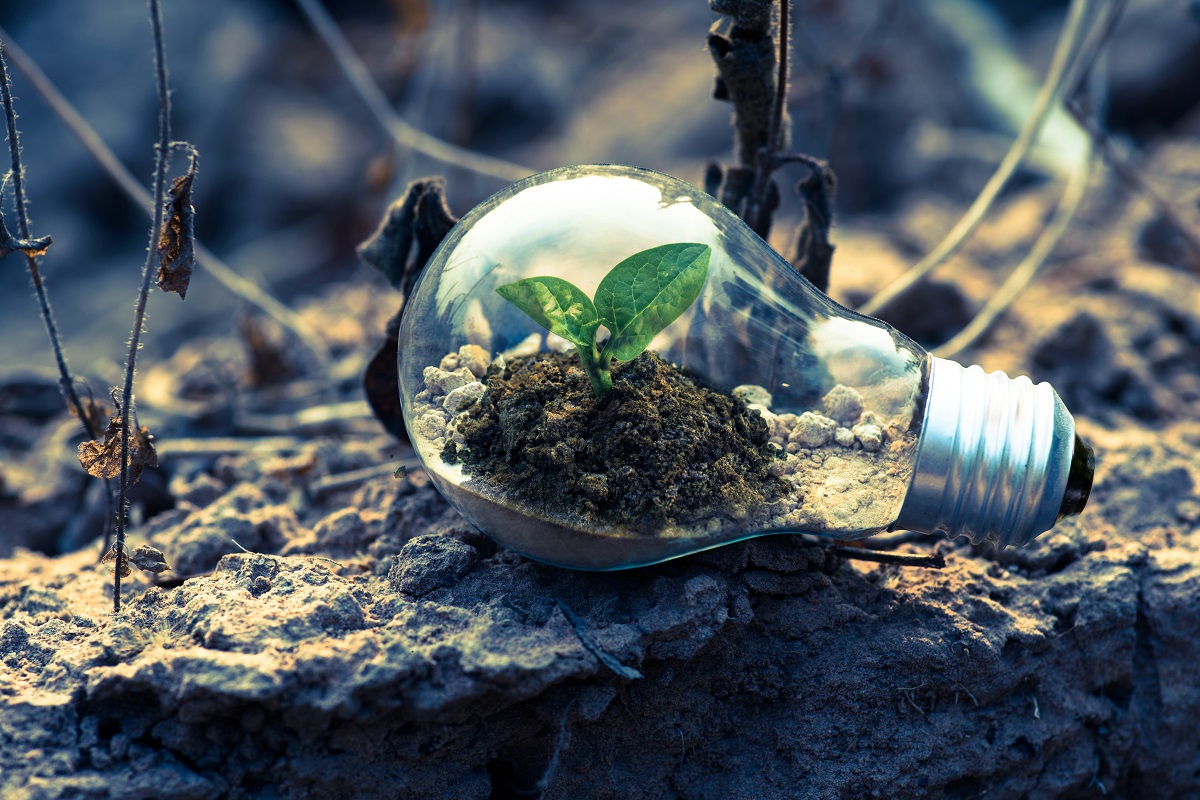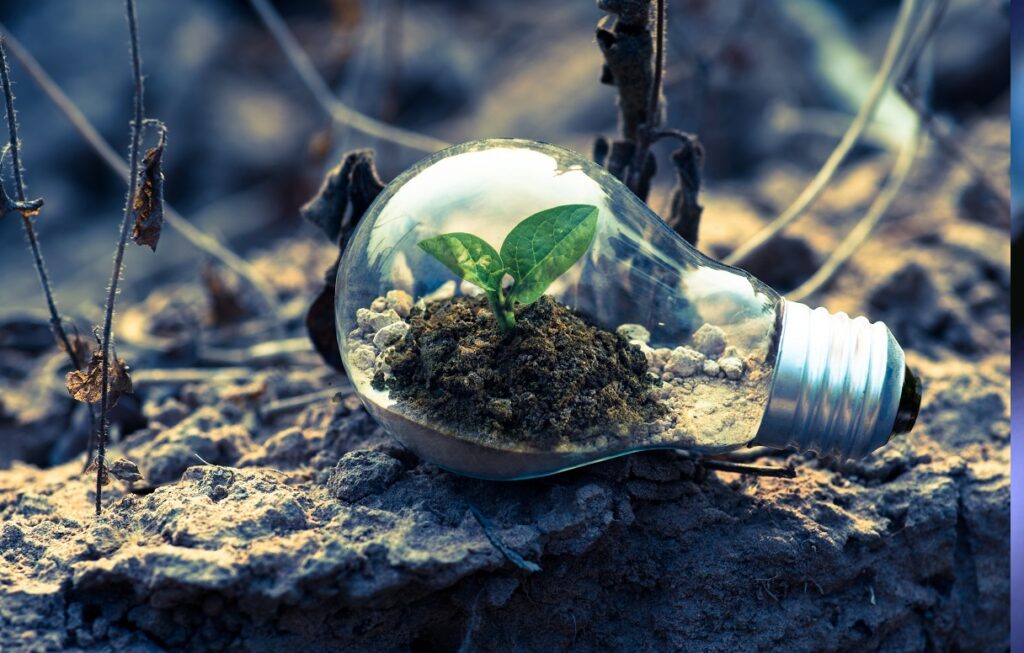
In a world facing ever-increasing environmental challenges, the fusion of biology and technology has given rise to a remarkable solution: environmental biotechnology. This innovative field revolves around using biological processes to solve environmental problems, paving the way for a more sustainable and harmonious coexistence between humans and the natural world. From waste management to pollution control, this article delves into the intricacies of environmental biotechnology and its potential to reshape our planet’s future.
Introduction
Environmental challenges, from climate change to pollution, have reached critical levels, necessitating innovative solutions that minimize human impact on the planet. Enter environmental biotechnology, a field that marries scientific ingenuity with nature’s own mechanisms to address these challenges.
Understanding Environmental Biotechnology
Defining Environmental Biotechnology
Environmental biotechnology involves using living organisms and biological processes to develop technologies and solutions that tackle environmental problems. This encompasses a range of applications aimed at sustainability, waste reduction, and ecological restoration.
Historical Evolution of the Field
Environmental biotechnology traces its roots back to ancient practices of using microorganisms to ferment food and beverages. However, the modern field gained prominence in the 20th century with the emergence of genetic engineering and bioremediation techniques.
Applications of Environmental Biotechnology
Wastewater Treatment and Resource Recovery
One of the cornerstones of environmental biotechnology is wastewater treatment. Microorganisms are employed to break down organic matter and pollutants in sewage, converting them into valuable resources like biogas and fertilizer.
Bioremediation of Contaminated Sites
Bioremediation involves utilizing microorganisms to detoxify polluted environments. These tiny agents can break down pollutants such as oil spills, heavy metals, and chemicals, offering a more sustainable alternative to traditional cleanup methods.
Bioenergy Generation and Carbon Sequestration
Environmental biotechnology plays a pivotal role in bioenergy production. Microorganisms can convert organic materials into biofuels like methane and ethanol. Additionally, certain plants and algae can sequester carbon dioxide, aiding in climate change mitigation.

